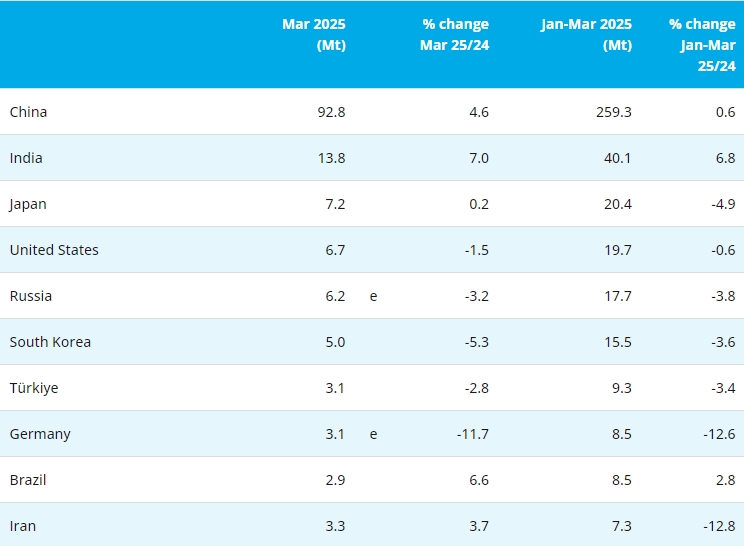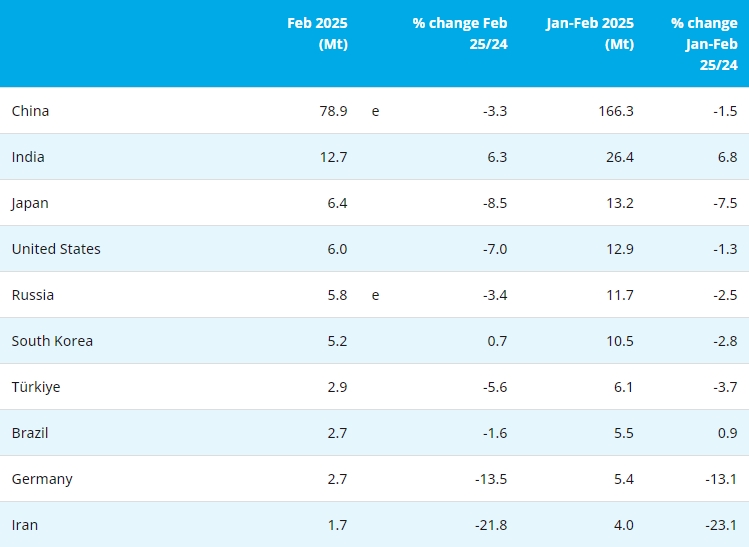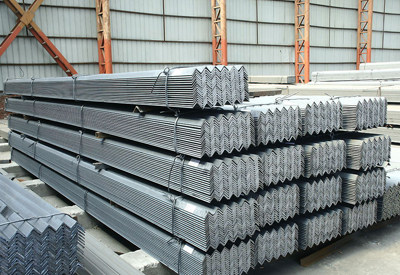Exceptionally cold weather and low nuclear availability are likely to have lifted Japanese coal-fired generation to at least a four-year high in December, with freezing conditions and gas shortages poised to boost output further this month.
Japanese power generation from fossil fuels grew by 2pc on the year in October and by 6pc in November, according to the 10 major grid operators, as nuclear availability fell sharply on the year because of maintenance and upgrade works.
That growth is likely to have accelerated to 10pc in December, according to Argus analysis, as seven of Japan's nine operational reactors remained affected by planned shutdowns and as overall power demand climbed by nearly 4pc on the year to 109.7GW.
Detailed generation data by fuel type is published with a lag of several months in Japan, but December coal-fired output might have reached 39.4GW — 10mn t of NAR 6,000 kcal/kg-equivalent consumption at 42pc efficiency — assuming coal's share of the fossil fuel-fired mix was unchanged on the year, at around 42pc.
This would be 3.6GW, or nearly 1mn t, higher than in December 2019, and the highest monthly average since before April 2016.
Freezing conditions in January have further boosted power demand and wholesale electricity prices, suggesting further growth in coal-fired generation.
Power demand in the Tokyo region on 1-10 January rose by more than 8pc on the year to 35.8GW. According to Argus analysis, an 8pc year-on-year increase in national generation in January would entail fossil fuel-fired output rising by 14pc to 73.6GW, given the nuclear shortfall.
Coal accounted for 42pc of fossil fuel-fired output in January 2020 — an equivalent share this month implies output of 41.7GW, up from 36.5GW a year earlier.
A surge in Japanese electricity demand and power prices has driven the recent spike in spot LNG prices, but the impact on coal has been less marked. This is probably because Japanese coal-fired capacity is already likely to be running at more than 80pc of its 49.4GW capacity, leaving little immediate scope for growth.
The utilisation rate of Japan's 82.9GW gas-fired fleet is typically much lower than the coal fleet — 47pc in January-September 2020, against 64pc for coal — so procuring LNG and dispatching spare gas-fired capacity is key to meeting current short-term peaks in electricity demand.
Utilities including Jera — a 50:50 joint venture between Tokyo Electric Power and Chubu Electric Power — Kansai and Kyushu said this month they had capped gas-fired output because of LNG shortages and have all been active in the spot market for prompt supplies.
While the short-term impact on coal prices and demand is unlikely to be as severe as for LNG, the increase in coal burn early in 2021 should still boost seaborne demand from utilities needing to restock ahead of summer. Utility stocks were slightly lower on the year at 8.2mn t in September — the latest date for which data are available.
Source: Argusmedia
Copyright © 2013 Ferro-Alloys.Com. All Rights Reserved. Without permission, any unit and individual shall not copy or reprint!
- [Editor:kangmingfei]



 Save
Save Print
Print Daily News
Daily News Research
Research Magazine
Magazine Company Database
Company Database Customized Database
Customized Database Conferences
Conferences Advertisement
Advertisement Trade
Trade












 Online inquiry
Online inquiry Contact
Contact

Tell Us What You Think